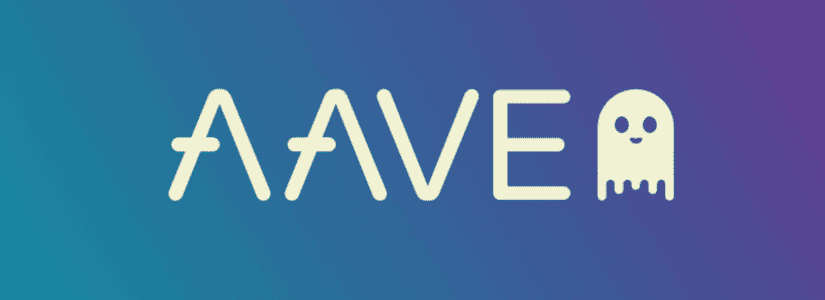TL;DR
- An address identified as 0x540C withdrew $114.9 million in USDT from Aave, pushing the asset’s utilization rate to 92.83% and triggering an immediate spike in interest rates.
- The protocol automatically adjusted rates after utilization surpassed 90%, encouraging deposits and slowing new borrowing.
- The community is discussing possible measures in forums to prevent future liquidity stress.
An address identified as 0x540C withdrew $114.9 million in USDT from the Aave protocol, raising the asset’s utilization rate to 92.83% and surpassing the optimal threshold defined by the platform. The transaction immediately drove market interest rates higher and sparked concern among users over potential liquidity shortages in major stablecoin markets.
The surge in utilization reflects strong borrowing demand within Aave and a simultaneous contraction in available supply. When utilization exceeds 90%, the protocol automatically adjusts rates to attract new deposits and discourage additional borrowing. This mechanism prevents complete illiquidity but also creates high volatility, where rates can shift rapidly following large capital movements.
Why It Matters for Aave and the DeFi Ecosystem
The withdrawal was first detected by Lookonchain, which tracked the transaction on the Ethereum network. So far, neither the Aave team nor its governance community has issued official statements about the event. However, in Telegram channels and Reddit forums, users have been debating the sudden rate spike and potential responses from other liquidity providers.
The current tension carries broader implications. A sustained increase in USDT rates could pressure liquidity in related markets, such as USDC and DAI, and affect lending dynamics across other integrated protocols. Analysts warn that utilization spikes caused by whales can distort benchmark rates across the DeFi ecosystem.
Massive Concentration Is a Structural Risk
In March 2023, a similar episode in Aave’s DAI market drove utilization to 100%, causing a rapid surge in rates until new deposits restored balance. This precedent reinforces the idea that capital concentration in the hands of one or a few addresses poses a structural risk to the stability of decentralized lending markets












